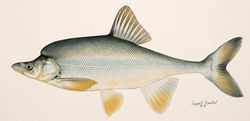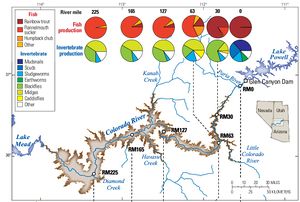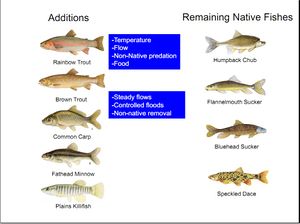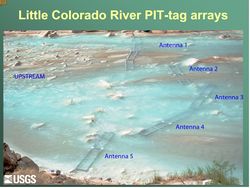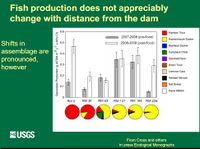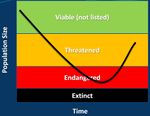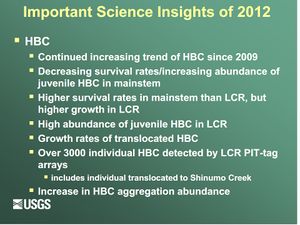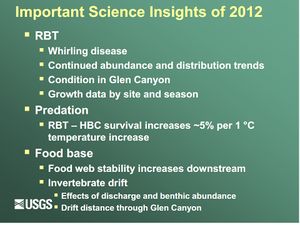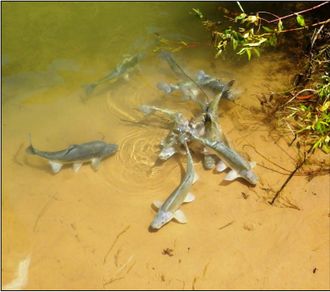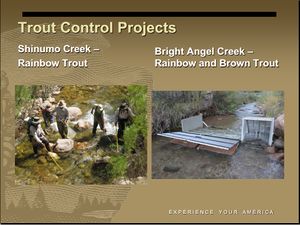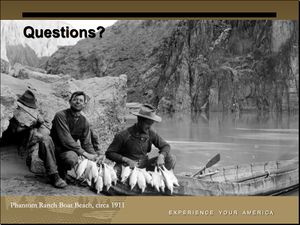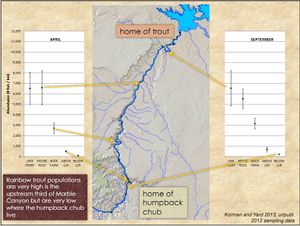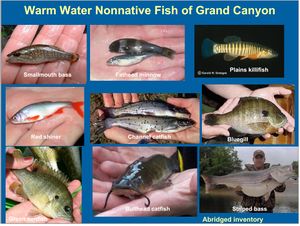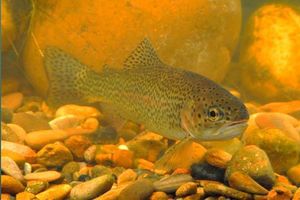Difference between revisions of "FISH"
(add Pitt Tags PIC- USGS 2013) |
(add DIAGRAM- population size and listing) |
||
| Line 106: | Line 106: | ||
*[http://www.scientificamerican.com/article.cfm?id=grand-canyon-fish-relocation-spurs-recovery Should a disaster such as a landslide cut off the Little Colorado chub from the mainstem, the species could quickly become extinct -Article LINK] | *[http://www.scientificamerican.com/article.cfm?id=grand-canyon-fish-relocation-spurs-recovery Should a disaster such as a landslide cut off the Little Colorado chub from the mainstem, the species could quickly become extinct -Article LINK] | ||
*Striped Bass is the largest predatory fish in Lakes Mead and Mohave.[Source: MSCP report August 2010] | *Striped Bass is the largest predatory fish in Lakes Mead and Mohave.[Source: MSCP report August 2010] | ||
| + | *[[File:DIAGRAM- population size and listing.jpg|150px]] | ||
<!-- | <!-- | ||
Revision as of 13:56, 22 May 2014
|
Description The Colorado River running through Grand Canyon once hosted one of the most distinctive fish assemblages in North America. The wild Colorado River presented fish with a challenging and variable aquatic habitat: very large spring floods, near-freezing winter temperatures, warm summer temperatures, and a heavy silt load. Note that only eight fish species were native to Grand Canyon. Of the eight species, six are endemic, meaning that they are only found in the Colorado River basin. (NPS)
|
| Fish Species of the Colorado River in Lower Glen Canyon and Grand Canyon (See Fish Table) |
TBD (TBD) |
TBD (TBD) |
|---|
|
LINK: usbr/amp/amwg/mtgs/13feb20/Attach_07b||||||| |
